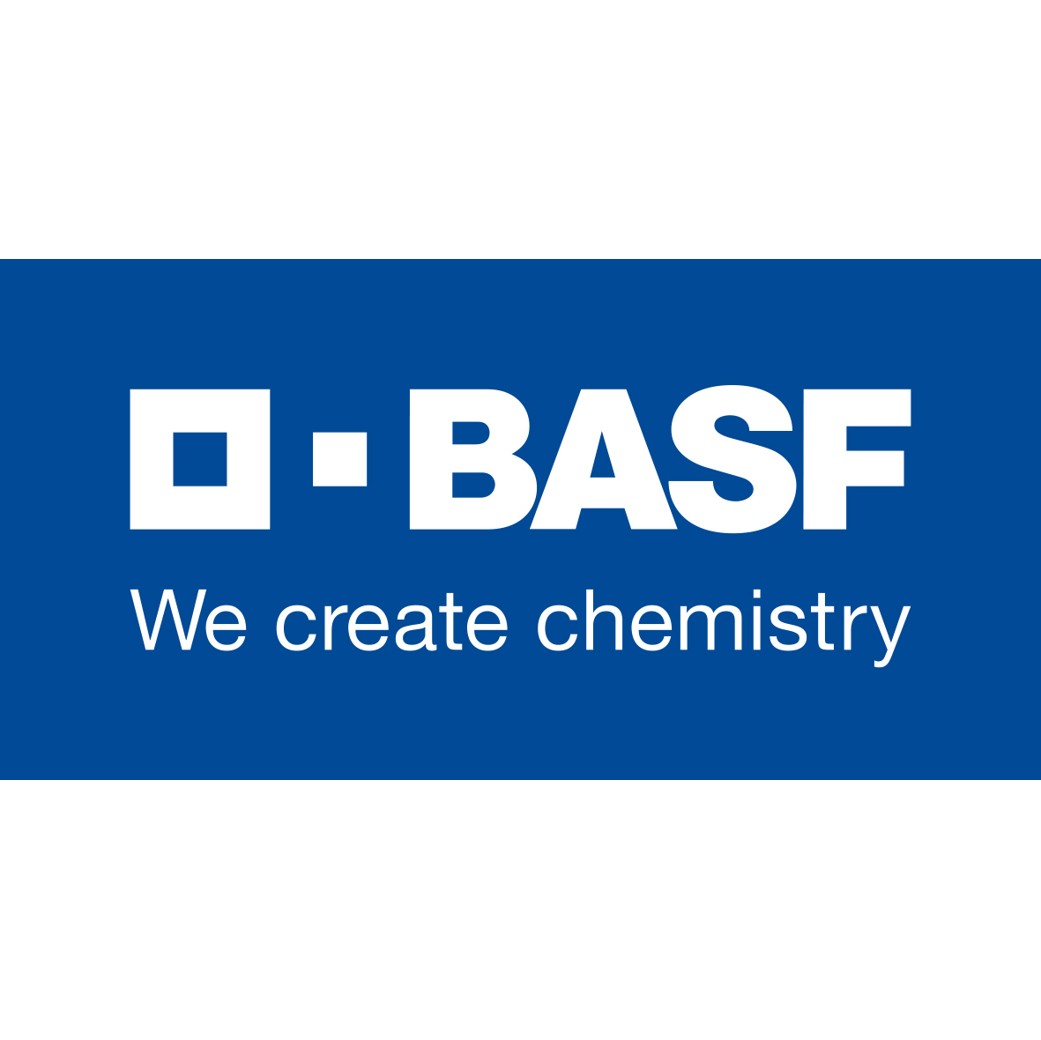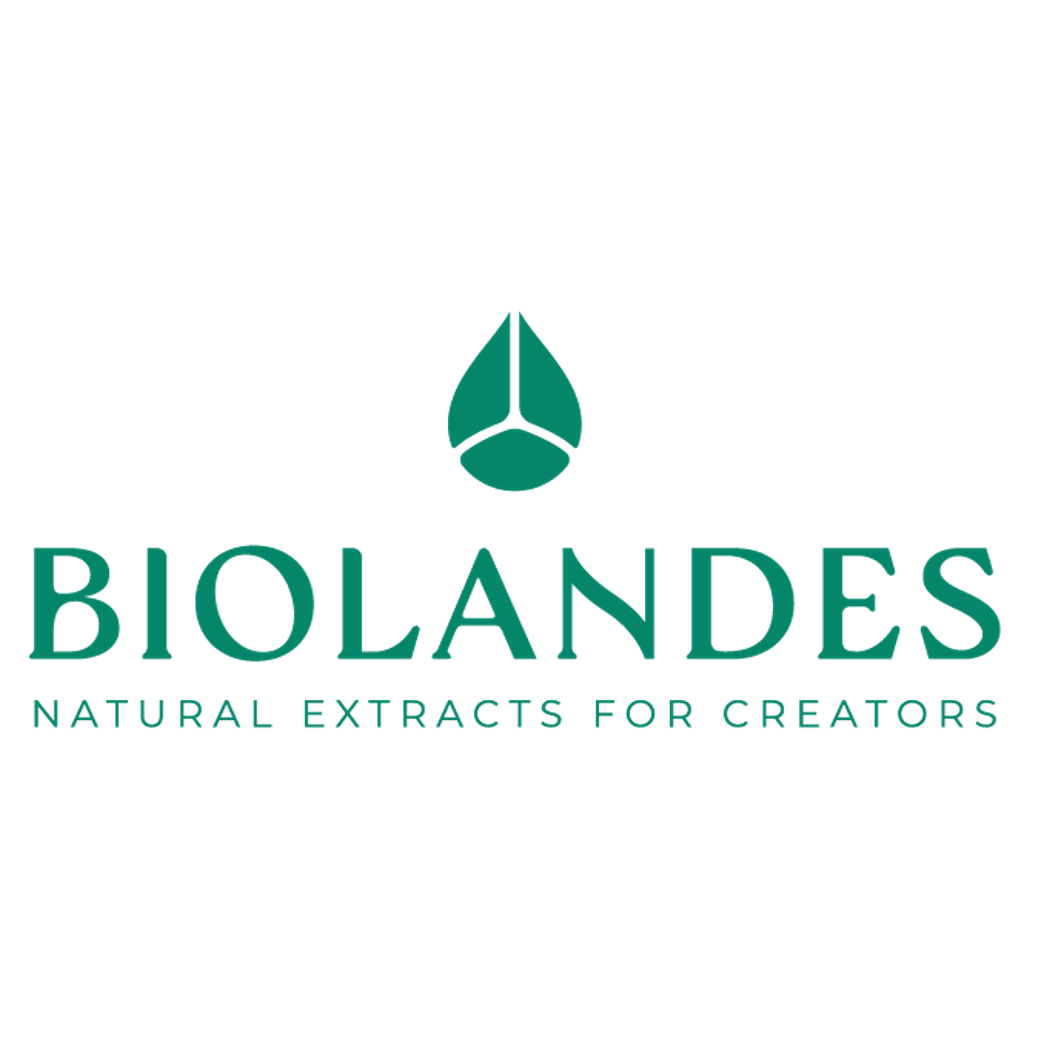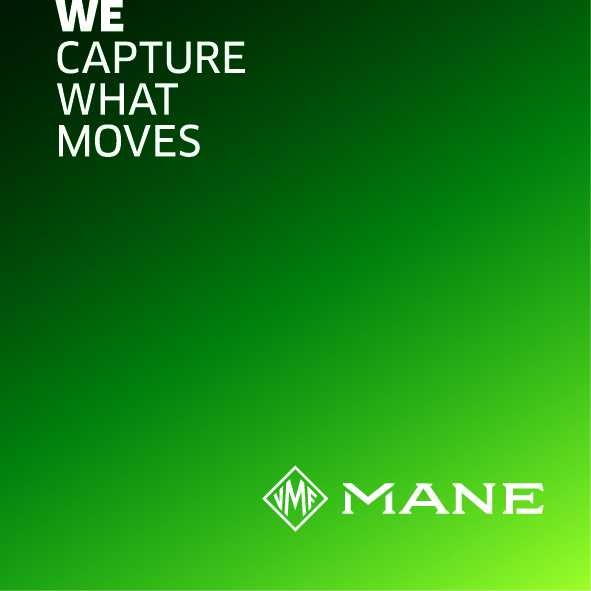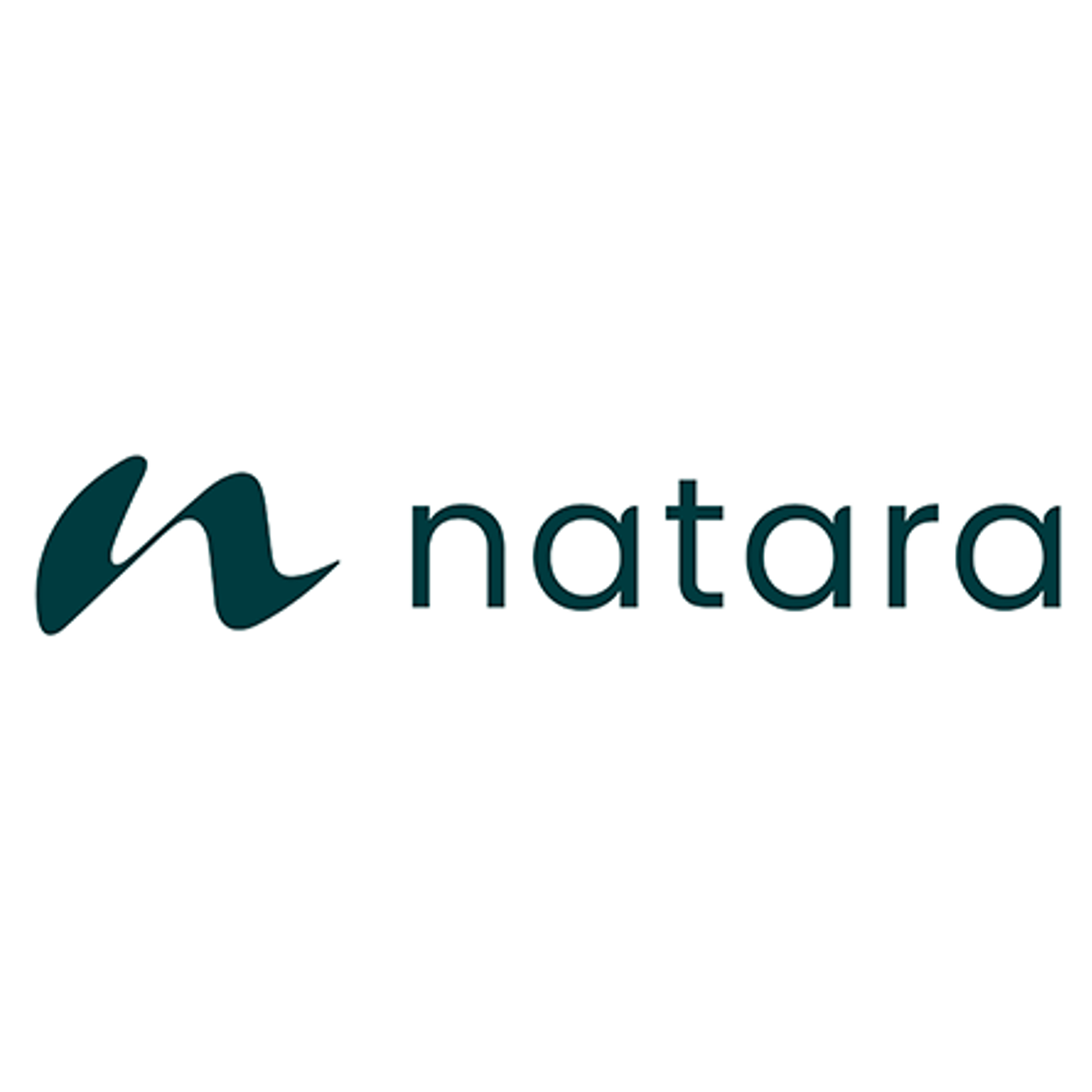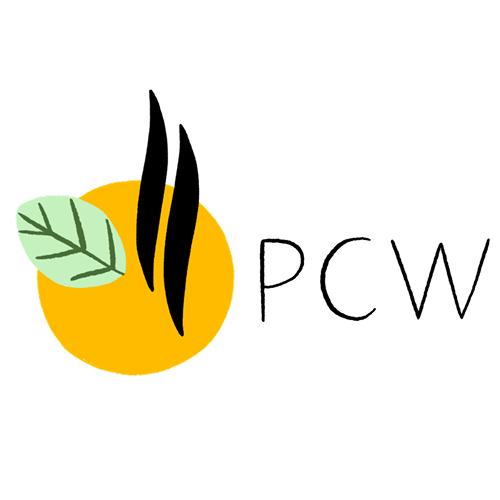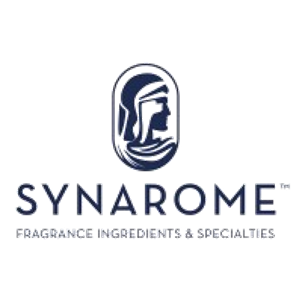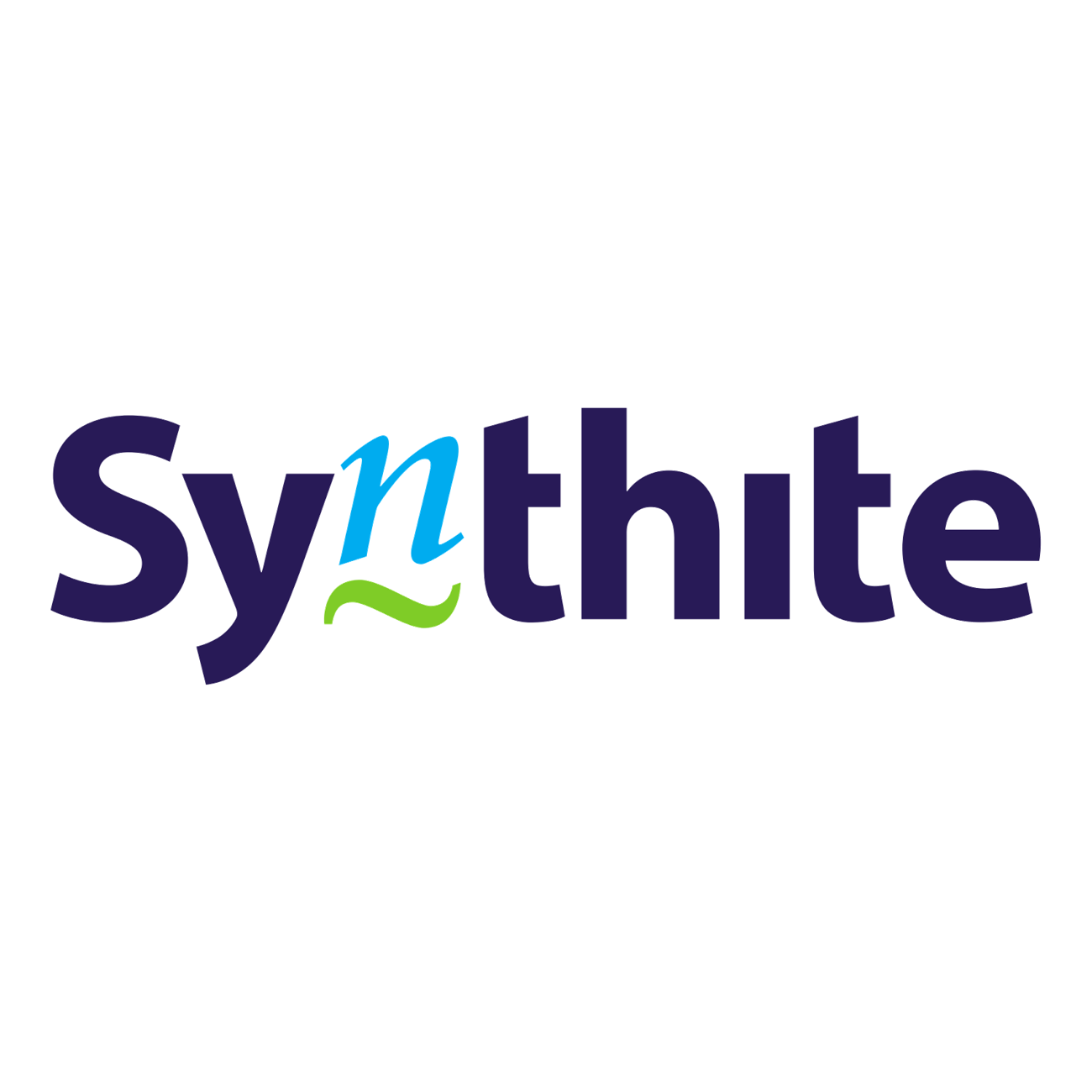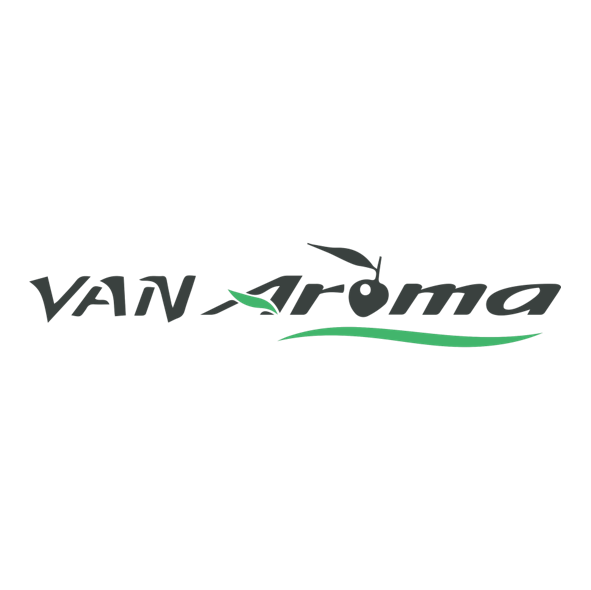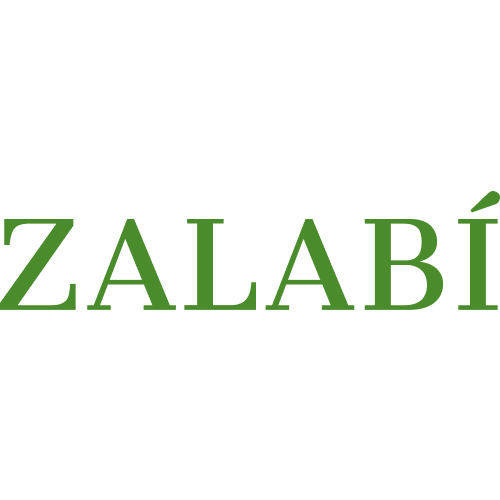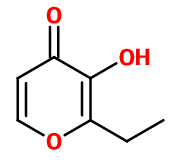
Photo credits: ScenTree SAS

Photo credits: ScenTree SAS
| Company | Ingredient Name | ID | Comments | Naturality | Certifications | MOQ | Purity |
|---|---|---|---|---|---|---|---|
|
|
Ethyl Maltol - 30 Gr | - |
Visit website
|
- | - | - | |
|
|
ETHYL MALTOL | - |
Visit website
|
- | 10 grs | - |
General Presentation
-
CAS N° :
4940-11-8 -
EINECS number :
225-582-5 -
FEMA number :
3487 -
FLAVIS number :
07.047
-
JECFA number :
1481 -
Volatility :
Base -
Price Range :
€€
Physico-chemical properties
-
Appearance :
White solid -
Density :
Crystal -
Refractive Index @20°C :
Data not available. -
Optical rotation :
Data not available. -
Vapor pressure :
Data not available. -
Flash Point :
>100°C (>212°F)
-
Molecular formula :
C7H8O3 -
Molecular Weight :
140,14 g/mol -
Log P :
0,61 -
Fusion Point :
90°C (194°F) -
Boiling Point :
-
Detection Threshold :
Donnée indisponible.
Chemistry & Uses
Uses in perfumery :
Ethyl maltol is used in gourmand, sweet and cooked fruit notes, to add a caramel, burnt and vanillic facet.
Year of discovery :
1963
Natural availability :
Ethyl maltol is not available in its natural state.
Isomerism :
Ethyl maltol does not have any isomer used in perfumery.
Synthesis precursor :
Ethyl maltol is not a precursor to the synthesis of another compound of olfactory interest.
Synthesis route :
The synthesis of Ethyl maltol can be done in a single reactor starting from alpha-ethylfurfuryl alcohol. A treatment of this molecule with chlorine allows to enlarge the cycle and to give a intermediate halogenated pyrane. This molecule can then be subjected to a strong acid hydrolysis, which leads to the synthesis of Ethyl maltol.
Stability :
Unstable in shower gel and shampoo bases.
IFRA
IFRA 51th :
This ingredient is not restricted for the 51th amendment





